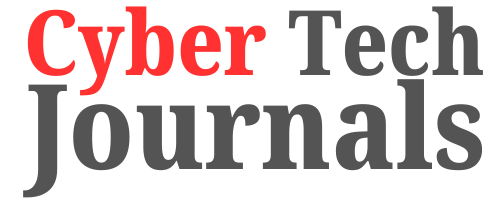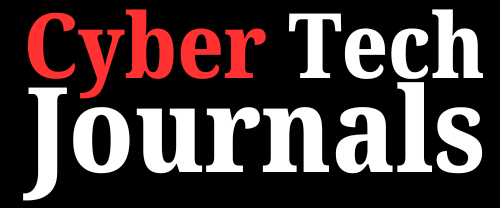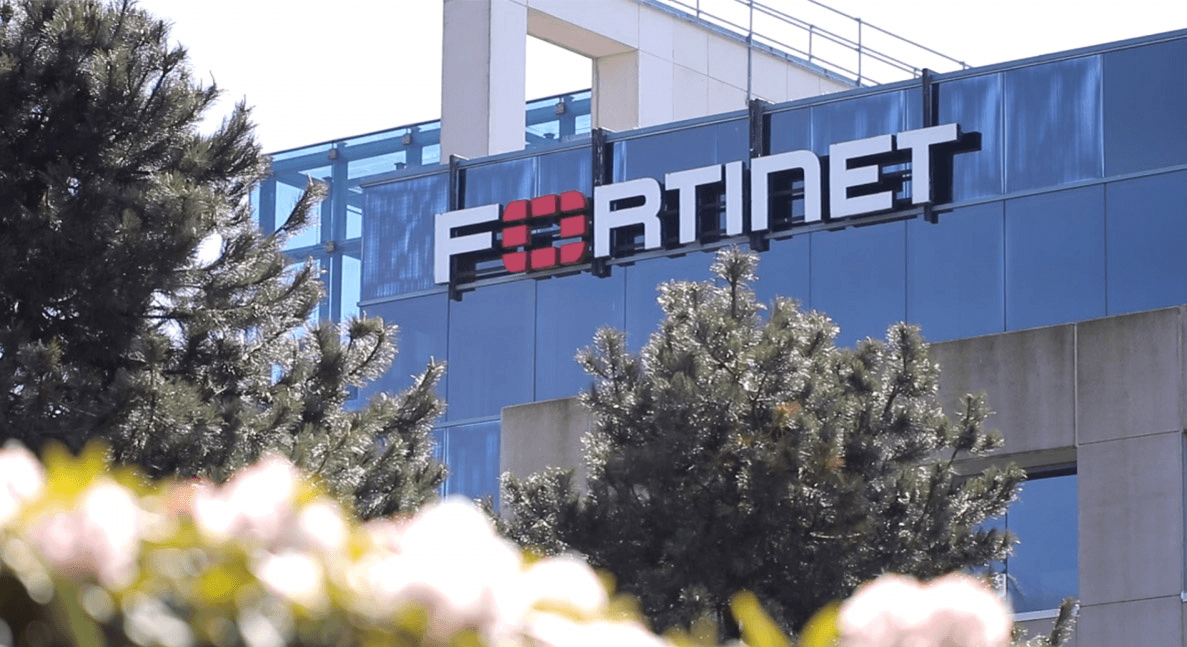Fortinet’s FortiGate firewalls and FortiProxy gateways are trusted by tens of thousands of enterprises and MSPs worldwide. With network traffic and remote access demands ramping up, these products have become a common target for zero‑day hunters. The appearance of cve-2024-55591—a critical remote authentication bypass—has raised alarms across the industry, making swift action essential for any organization exposed to internet‑facing Fortinet devices.
CVE-2024-55591 Overview: What Is the Vulnerability?
This vulnerability is classified as CWE‑288: Authentication Bypass Using an Alternate Path or Channel. It specifically targets the Node.js WebSocket module used by FortiOS (versions 7.0.0–7.0.16) and FortiProxy (versions 7.0.0–7.0.19 and 7.2.0–7.2.12) (NVD). An unauthenticated attacker can trick the device into granting super-admin privileges via specially crafted requests—earning a CVSS v3.1 score between 9.6 and 9.8 (Critical) (NVD).
How Attackers Exploit CVE-2024-55591
Once exploited, attackers can remotely gain full control—no user interaction needed. They initiate malicious Node.js WebSocket traffic to log in via jsconsole, create unauthorized administrative accounts, modify firewall policies, and configure rogue SSL VPN portals (Trustwave). This campaign, known as “Console Chaos”, has demonstrated a playbook involving:
- Randomized admin account creation
- Local user creation tied to SSL VPN groups
- Firewall policy editing and control over internal access tunnels (Trustwave, Arctic Wolf, Kroll)
Timeline of Discovery and In‑the‑Wild Exploitation
Security researchers and Fortinet trace the exploitation timeline as follows:
- November 16–23, 2024: Scanning of exposed FortiGate administrative interfaces
- November 22–27, 2024: Reconnaissance via changes to
system.consolesettings and login trial modifications - December 4–7, 2024: Rogue SSL VPN portals and admin account setup begins
- December 16–27, 2024: Lateral movement within networks and Active Directory credential harvesting
- January 14, 2025: Fortinet publicly issues PSIRT advisory (FG‑IR‑24‑535) disclosing active exploitation and releasing patches (Coralogix, Arctic Wolf, Kroll)
Real‑World Impact: Who and What Was at Risk?
Estimates indicate that around 48,000–50,000 internet‑facing Fortinet devices globally were vulnerable and under active scanning (Picus Security). Threat actors ranged from financially motivated cybercriminals to potentially state‑linked groups. The consequences were significant: unauthorized admin access, credential theft, VPN tunnel setup into private networks, and potential business disruption—especially where SSL VPN served as remote access backbone.
Patch and Mitigation Guidance
Immediate patching is non‑negotiable. Fortinet released the following remediation:
- Upgrade FortiOS to 7.0.17 or later
- Upgrade FortiProxy to 7.0.20 (for 7.0.x series) or 7.2.13+ (for 7.2.x series) (Kroll)
If patching must wait, workarounds include:
- Disabling HTTP/HTTPS administrative interfaces entirely
- Restricting access via Local‑in policies to trusted IP ranges only (Arctic Wolf)
Fortinet’s advisory also lists IOCs like admin account creation, unexpected VPN configuration changes, and JSConsole logins from anomalous IPs—all crucial for detection and response.
Lessons for Security Teams: How to Address Zero‑Day Risks
Lessons drawn from this incident:
- Act quickly on vendor advisories and security bulletins, even prior to formal patch releases.
- Never expose management interfaces directly to the public internet—use VPNs, jump hosts, or zero‑trust controls instead.
- Monitor logins via
jsconsoleand flag unusual IP addresses or account creation activities. - Maintain strong access hygiene: enforce MFA, integrate anomaly detection, and minimize privileged surface exposure.
For broader context on software vulnerability causes and defense, see Cyber Tech Journals’ article on why software complexity leads to vulnerabilities (Centripetal, Arctic Wolf).
Broader Cybersecurity Implications and Industry Response
CVE‑2024‑55591 is emblematic of a dangerous trend—authentication bypass flaws targeting core network infrastructure. It underscores the need for:
- Proactive threat intelligence sharing across vendors and customer communities.
- Faster incident response processes and clearer transparency around vulnerability disclosure.
- Regulatory momentum pushing critical infrastructure firms to improve patching cadence and disclosure practices.
Cyber Tech Journals’ broader coverage of vulnerability landscapes reinforces the urgency to build resilient, actionable security programs.
Reducing Exposure to Zero‑Day Threats
CVE‑2024‑55591 was more than a vulnerability—it was a wake‑up call. Organizations must view proactive patch management, network hardening, and continuous monitoring as foundational security practices. The call to action is clear:
- Patch now
- Audit admin and VPN access
- Reduce internet exposure
- Learn from this to improve resilience against future zero‑days
Leveraging trusted sources—from Fortinet advisories to Arctic Wolf’s Console Chaos reporting—and integrating internal coverage like Cyber Tech Journals’ vulnerability insights will help drive meaningful security maturity.
















Leave a comment